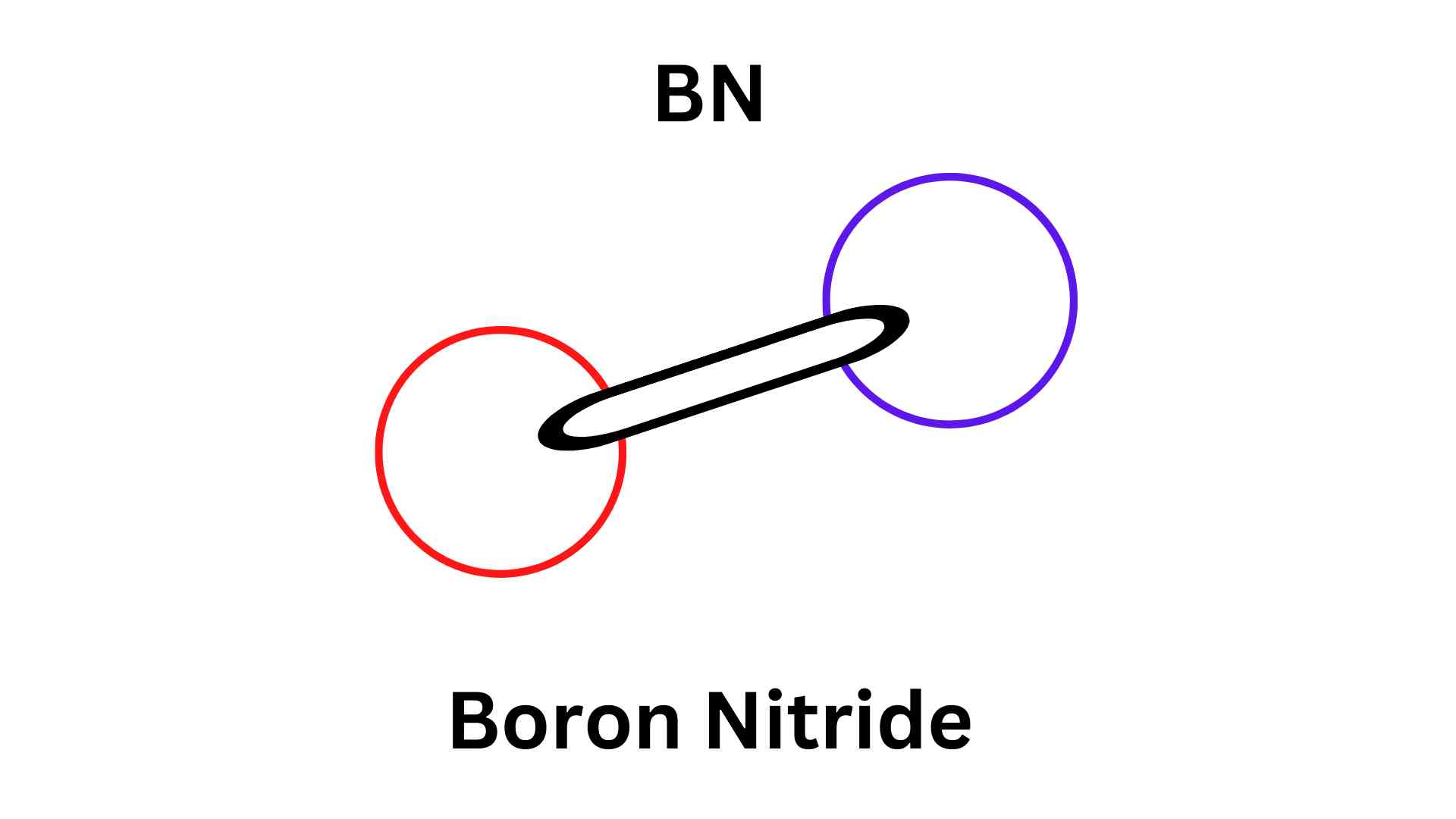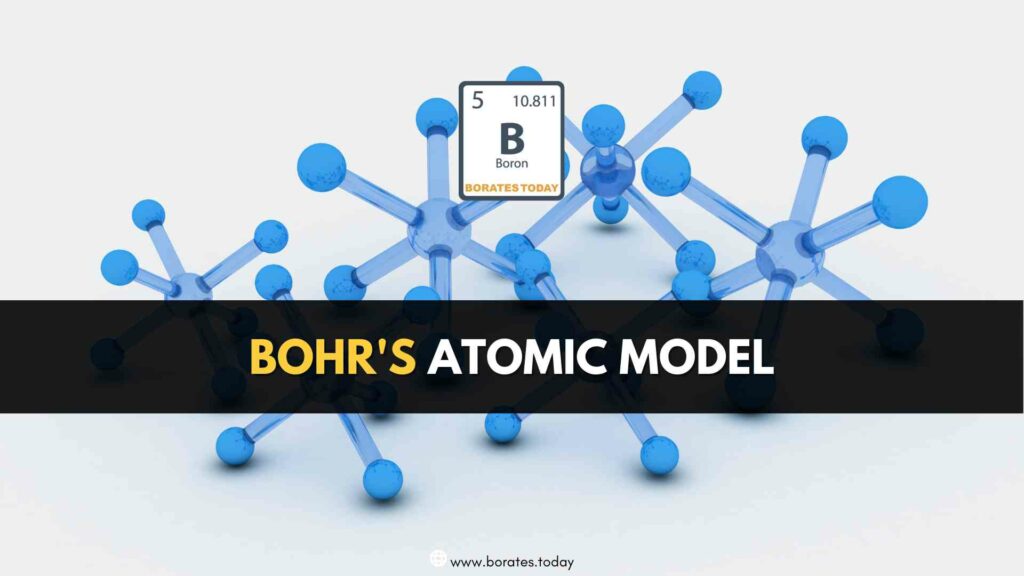Development of Hexagonal Boron Nitride Nanosheets
Hexagonal Boron Nitride Nanosheets have recently achieved a remarkable breakthrough that will revolutionize their potential applications across multiple industries. These amazingly strong and durable nanosheets could fundamentally alter products from transportation to construction and provide better energy solutions for the future.

Boron Nitride
The Structure of Hexagonal Boron Nitride Nanosheets
Hexagonal boron nitride nanosheets (h-BN) are composed of honeycomb structures based on sp2 covalent bonds, which have similarities to graphene. Hexagonal boron nitride sheets can exist in two forms: monolayers and multilayers.
Monolayers, otherwise known as “white graphene,” have a layered structure very similar to that of regular graphene, and they possess the same hexagonal crystal lattice structure. This is why h-BN is considered to be the second most promising material after graphene.
The hexagonal boron nitride nanosheets offer unique properties, including excellent thermal conductivity, high mechanical strength, chemical inertness, wide bandgap, and low dielectric constant, which make h-BN a promising material for various applications in electronics, optoelectronics, and energy storage.
Unique Properties and Applications
Hexagonal boron nitride nanosheets possess unique characteristics that make them desirable materials in various industries. These fascinating materials demonstrate remarkable performance capabilities, from superior thermal stability to excellent electrical insulation. Some of these properties and applications are
1. Thermal Conductivity:
These atomically-thin sheets have a thermal conductivity that is among the highest of all semiconductors and electrical insulators. As thickness decreases, the intra-layer coupling is lessened, resulting in an even higher thermal conductivity. This makes hBN nanosheets suitable for many applications requiring effective heat transfer.
2. Mechanical Properties:
Hexagonal boron nitride (h-BN) nanosheets are an attractive alternative to single-layer graphene due to their superior mechanical properties. Not only does monolayer h-BN possess an average Young’s modulus of 0.865 TPA and fracture strength of 70.5 GPa, but few-layer h-BN sheets have a strength similar to that of monolayer h-BN even after the thickness is increased.
This makes h-BN nanosheets a more reliable material for applications in which flexible structures are desired without sacrificing any of the benefits associated with its ultra-thin nature.
3. Surface Adsorption:
h-BN has been proposed as a potential adsorbent due to its highly stable structure and strong chemical resistance. Its atomically thin nature gives it an advantage over bulk h-BN, as its surface adsorption capabilities are greater due to the conformational changes that occur upon the absorption of molecules.
4. Thermal Stability:
Hexagonal boron nitride (h-BN) nanosheets can withstand temperatures up to 850 °C in air, an impressive feat for a material that is only one atom thick. This makes hBN nanosheets attractive for fabricating high-temperature devices, such as those used in aerospace applications or power electronics.
New Method to Exfoliate Hexagonal Boron Nitride Nanosheets
The research conducted by Prof. Zhang Junyan’s team at the Lanzhou Institute of Chemical Physics (LICP) of the Chinese Academy of Sciences (CAS) has yielded an innovative and efficient way to produce high-quality Hexagonal Boron Nitride Nanosheets (h-BNNS).
This process, known as the “water-icing triggered exfoliation,” can controllably separate h-BNNS from h-BN flakes cost-effectively. It promises a viable solution for producing large quantities of these nanomaterials with minimal wastage.
The breakthrough lies in its ability to control the number of exfoliated layers, thereby allowing for producing h-BNNS of the desired thickness without excess production or wastage. The researchers suggested that the efficient reduction of h-BNNS interlayer interaction can be achieved by rapid volume expansion of water in icing.
h-BNNS can be prepared using chemical vapor deposition (CVD) and physical exfoliation processes. CVD is used to produce single-crystal monolayers at a wafer scale, while physical exfoliation allows for small-sized h-BNNS to be produced in a scalable manner.
The interlayer spacing of the h-BNNS can be significantly reduced by introducing -OH groups on its surface. This creates an entrance for water molecules and enables the formation of hydrogen bonds.
The hydrogen bond network then serves as a structural basis for rapid volume expansion, which is essential in ice nucleation. Subsequently, this increases ice nucleation efficiency and reduces h-BNNS interlayer interaction.
Therefore, these findings provide a better understanding of how Hexagonal boron nitride nanosheets aid in efficient ice nucleation and could potentially lead to further applications in various industrial sectors that require this technology.
Final Note:
Hexagonal boron nitride nanosheets, with their atom-thin thickness and low frictional properties, have the potential to become an important part of many industries. As research develops new applications for these nanosheets, we can expect to see them being used in various ways.





